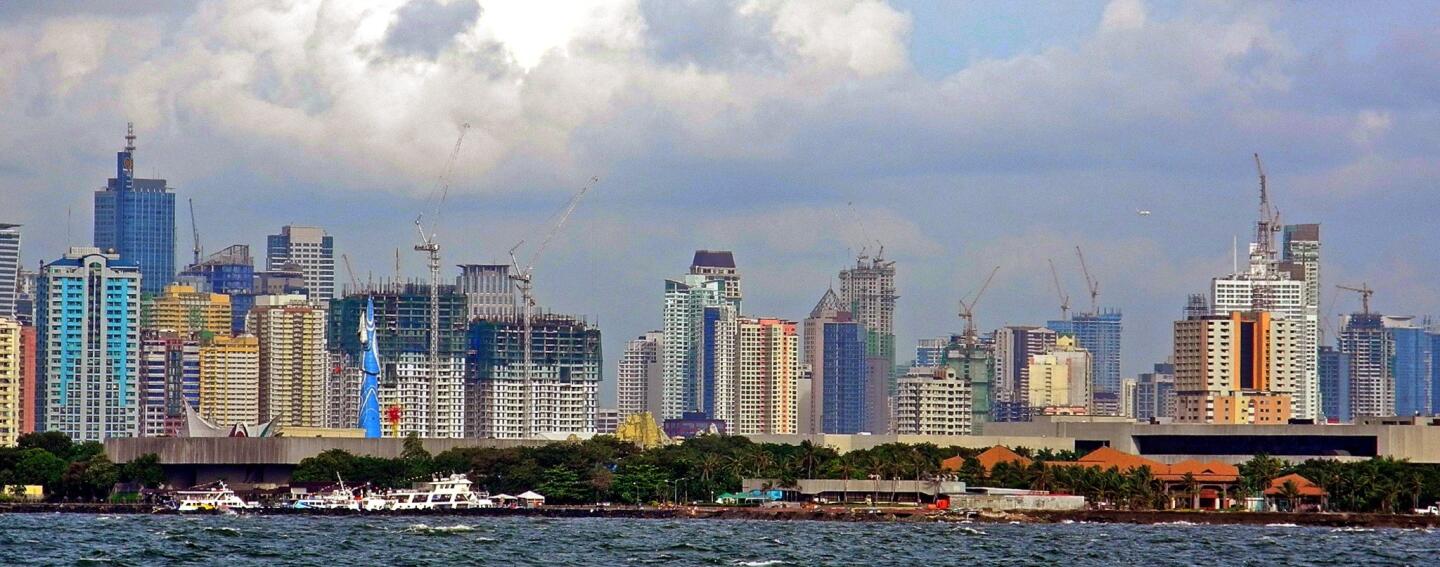
The Manila Hotel, which celebrated its 100th anniversary in 2012, was the home of Gen. Douglas MacArthur for nearly six years. He had a suite at the hotel while serving as military advisor to the government of the Philippines. (Catharine Hamm / Los Angeles Times)
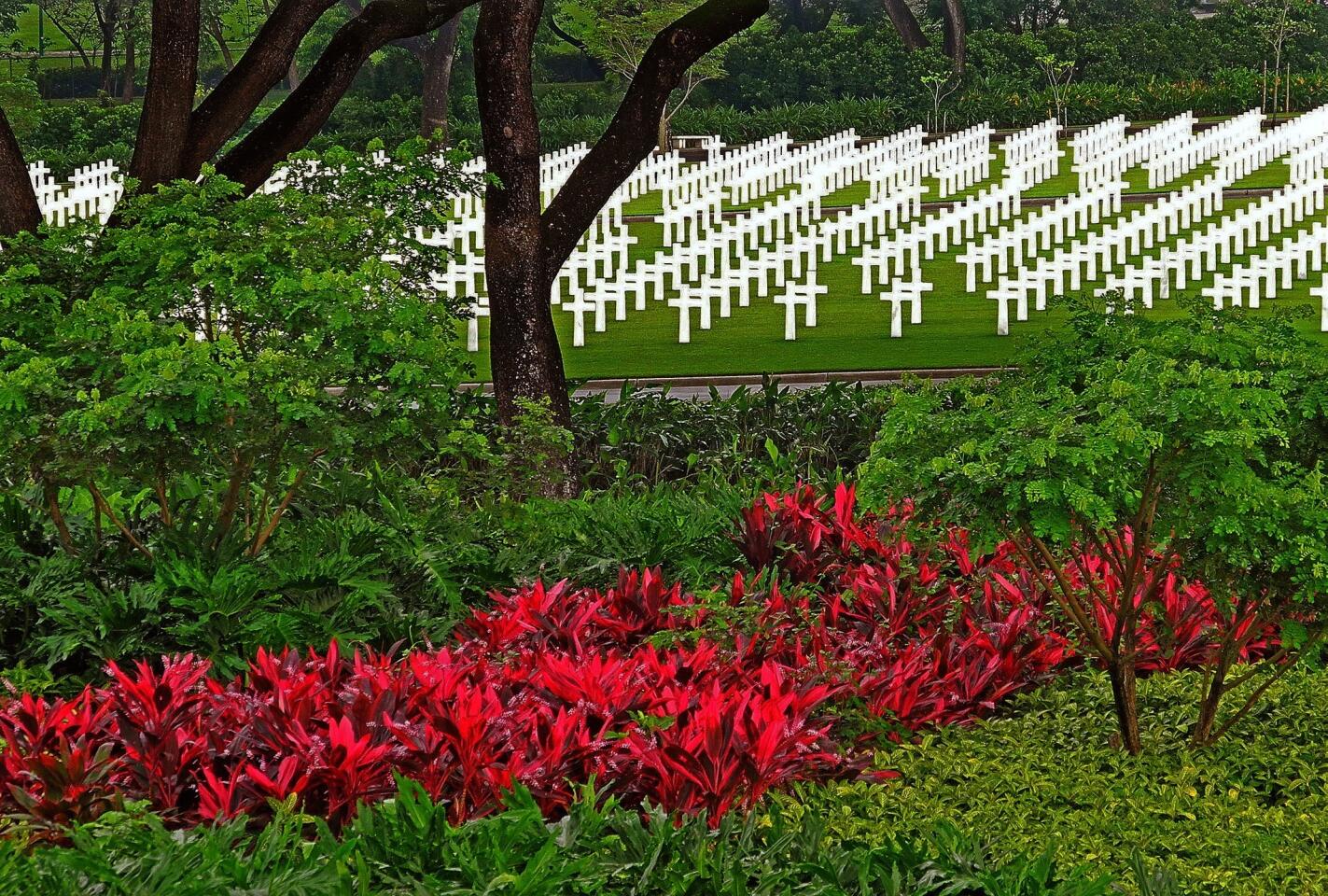
The Manila American Cemetery and Memorial honors U.S. and Filipino war dead in its 157 acres. The cemetery about 12 miles from Manila also memorializes more than 36,000 missing WWII soldiers. (Catharine Hamm / Los Angeles Times)
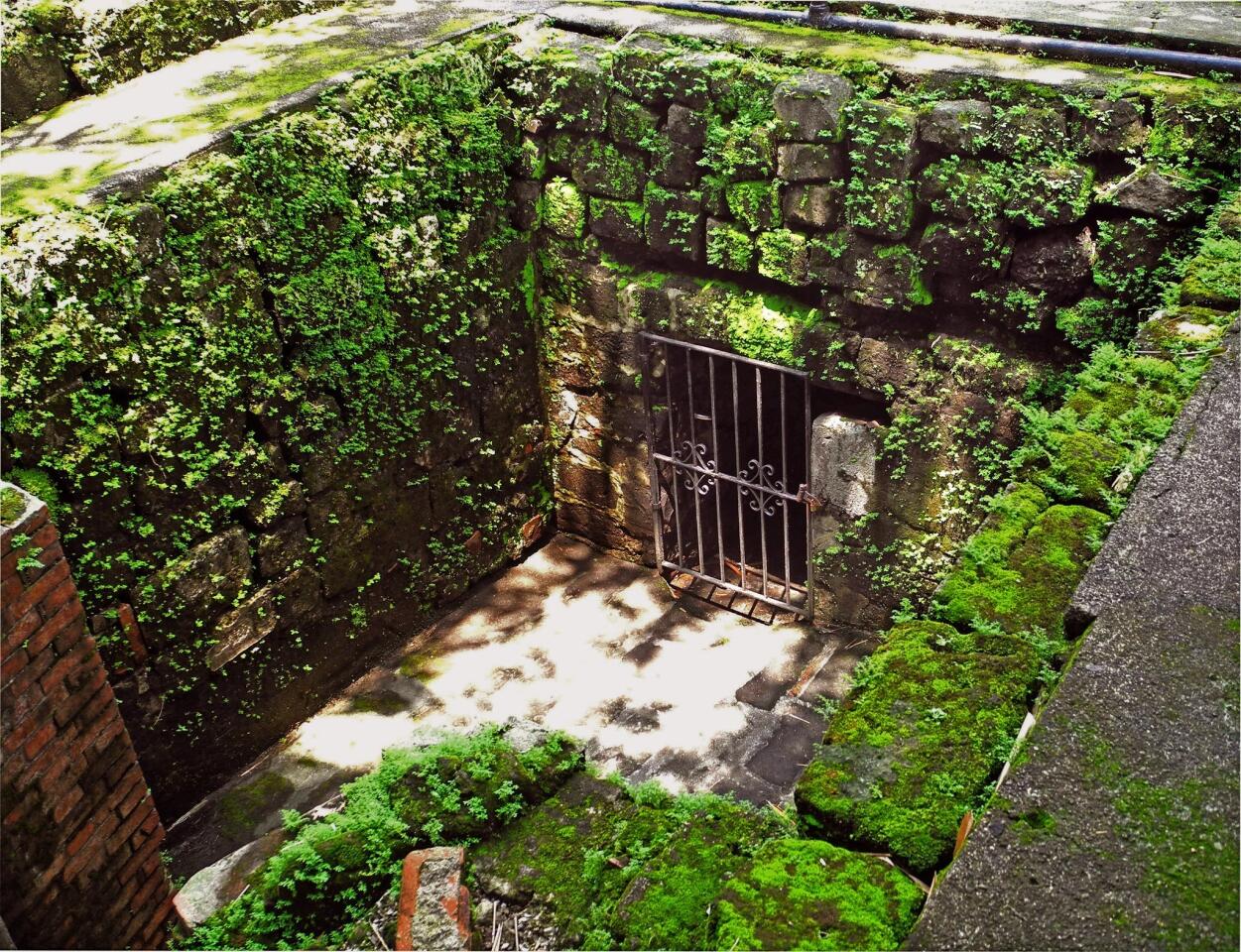
The Japanese used prisons and dungeons of Ft. Santiago for POWs during WWII. (Catharine Hamm / Los Angeles Times)
Advertisement

On orders from President Franklin Roosevelt, Gen. MacArthur left Corregidor in March 1942, vowing, “I shall return,” which he did two and a half years later. (Catharine Hamm / Los Angeles Times)
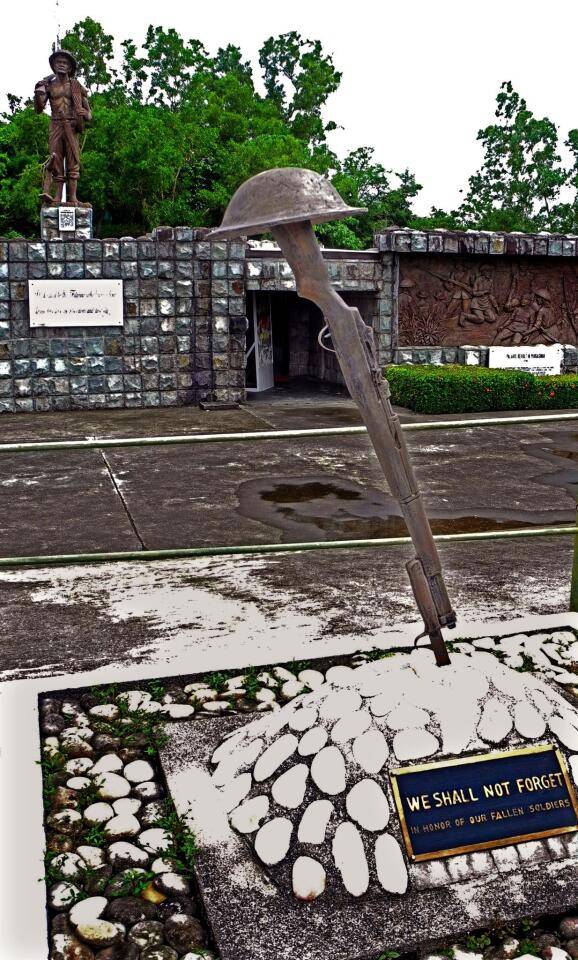
On Corregidor, an island now dedicated to remembering the defense of the Philippines in WWII, this memorial is dedicated to the “Filipino who knows how to die for love of freedom and liberty.” (Catharine Hamm / Los Angeles Times)
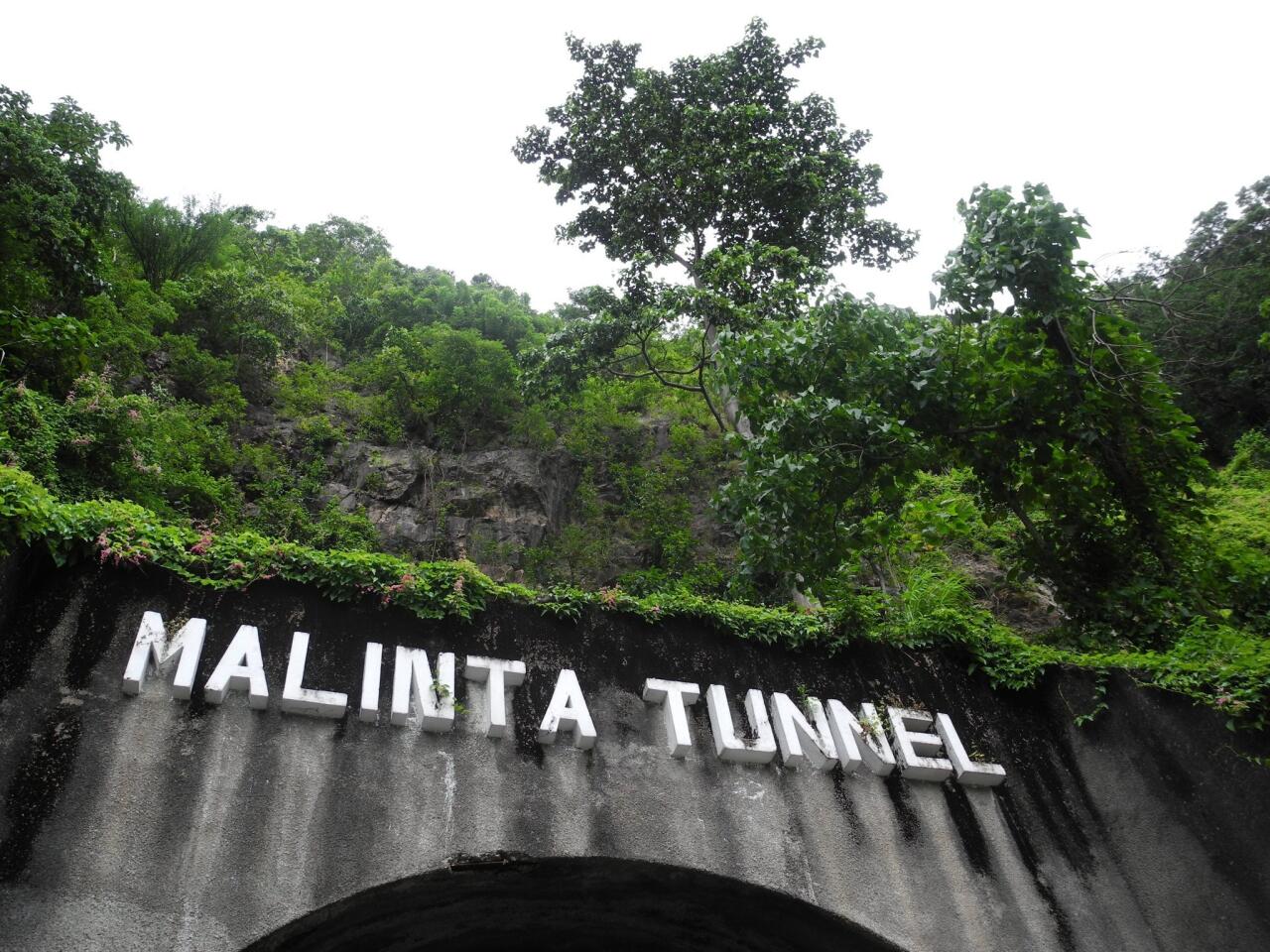
American military, including Gen. MacArthur, took refuge in Malinta Tunnel while the Japanese bombed Corregidor. (Catharine Hamm / Los Angeles Times)
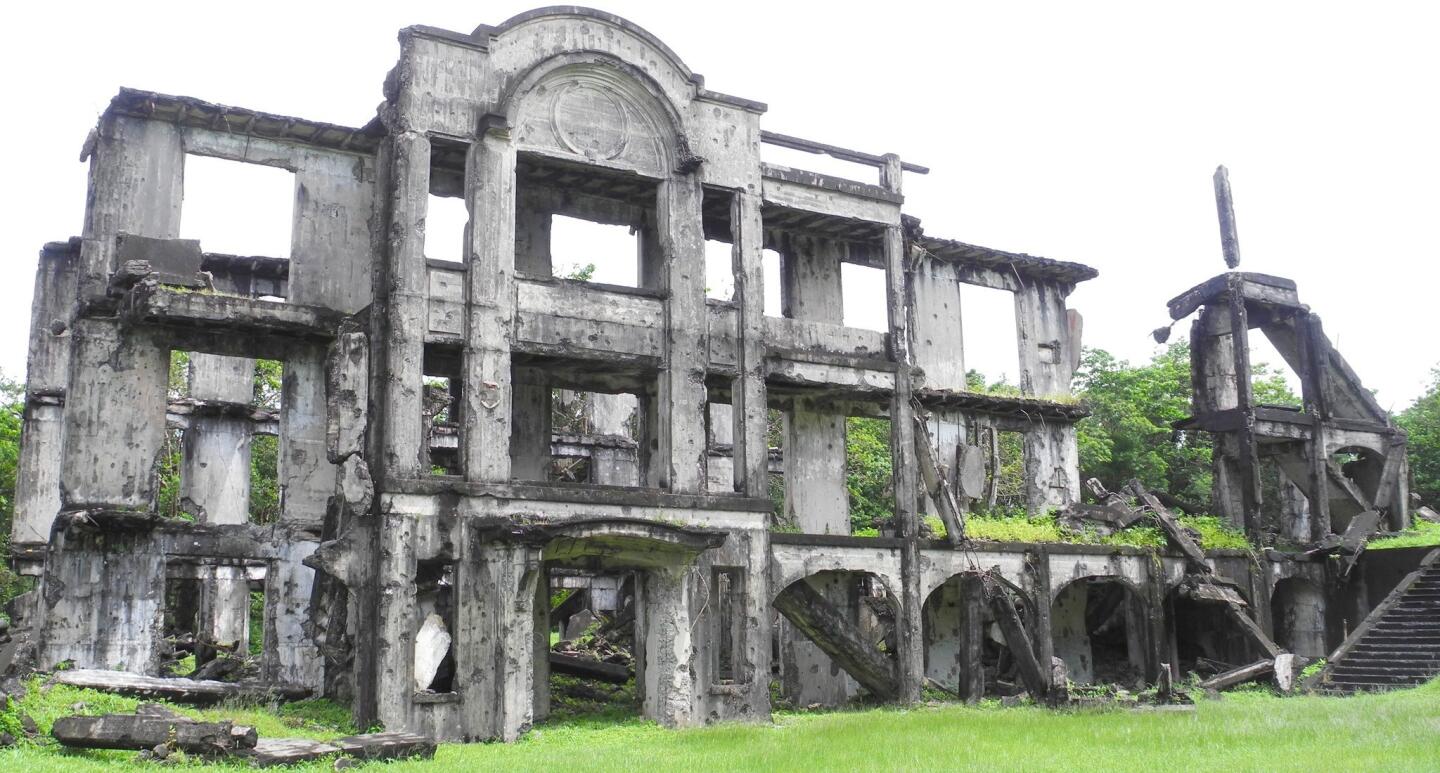
Many of the island’s buildings stand in ruins today. (Catharine Hamm / Los Angeles Times)
Advertisement
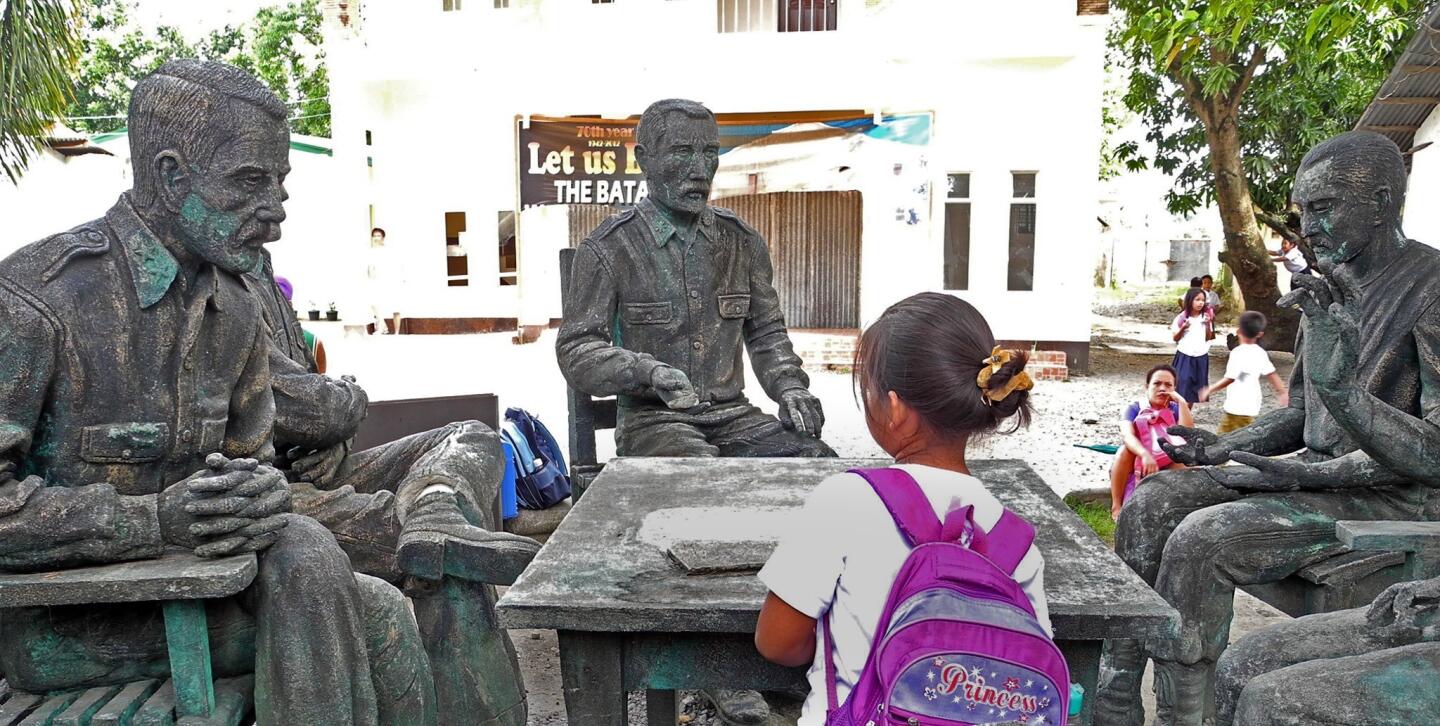
This site behind Balanga Elementary School is said to be the place where Gen. Edward King surrendered in April 1942 to Japanese Col. Motoo Nakayama. Some say the surrender occurred in Limay, and that King was brought to this spot for propaganda purposes. (Catharine Hamm / Los Angeles Times)
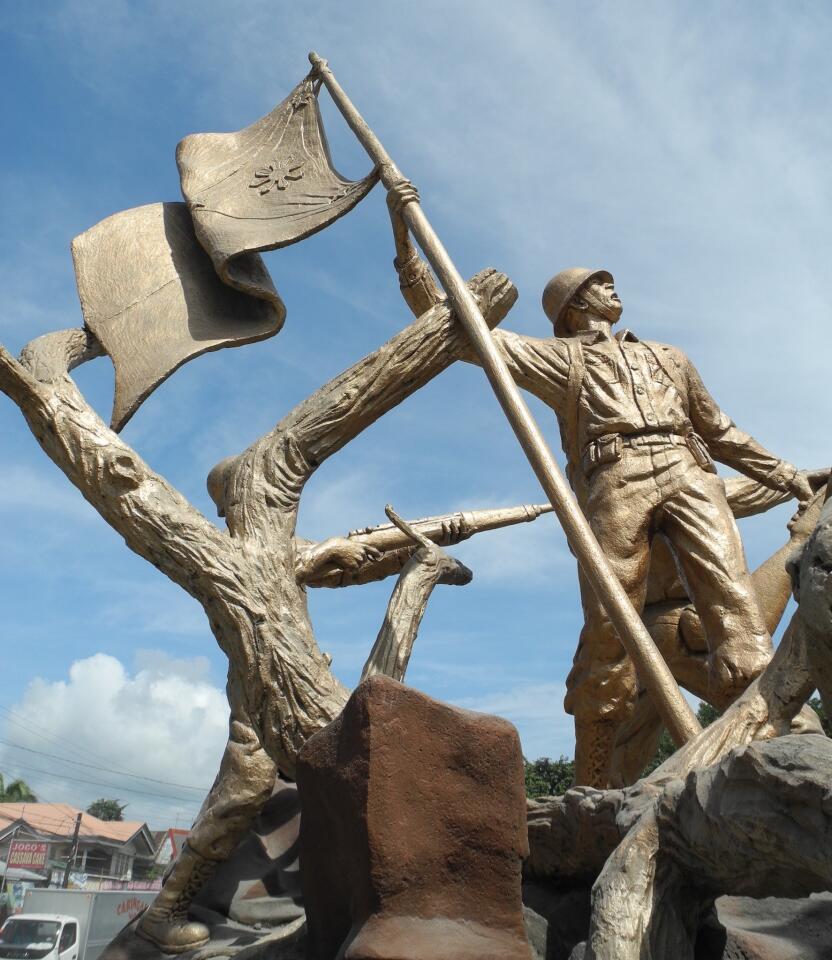
This is a monument to the first line of defense against the Japanese in Dinalupihan, Bataan. (Catharine Hamm / Los Angeles Times)
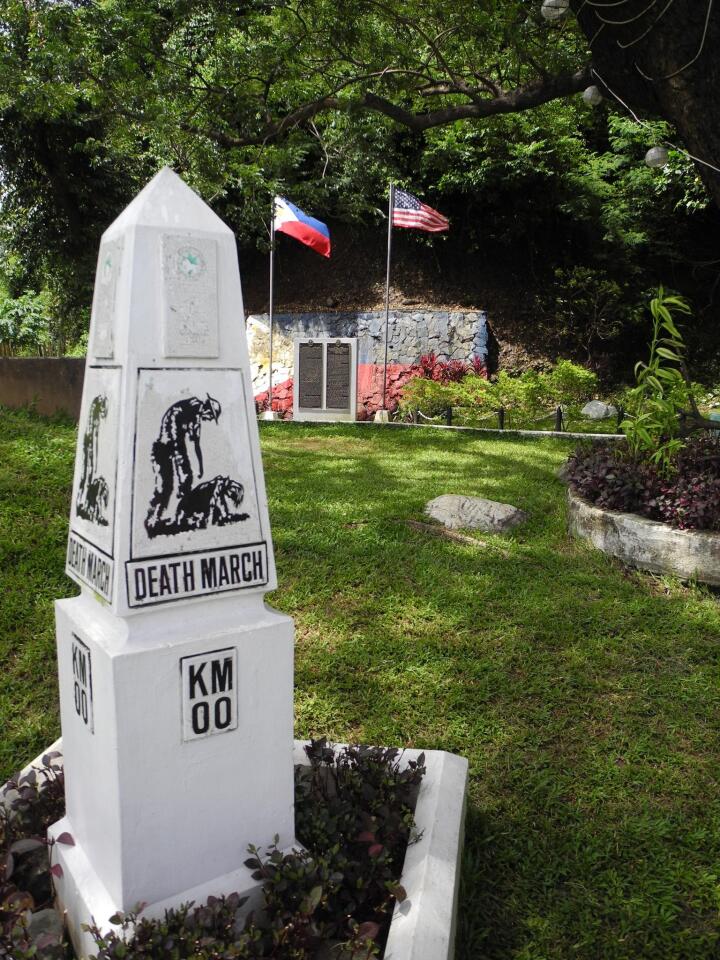
This marker notes the starting point of the Bataan Death March, following the surrender of American and Filipino troops, the largest in U.S. and Philippines history. (Catharine Hamm / Los Angeles Times)
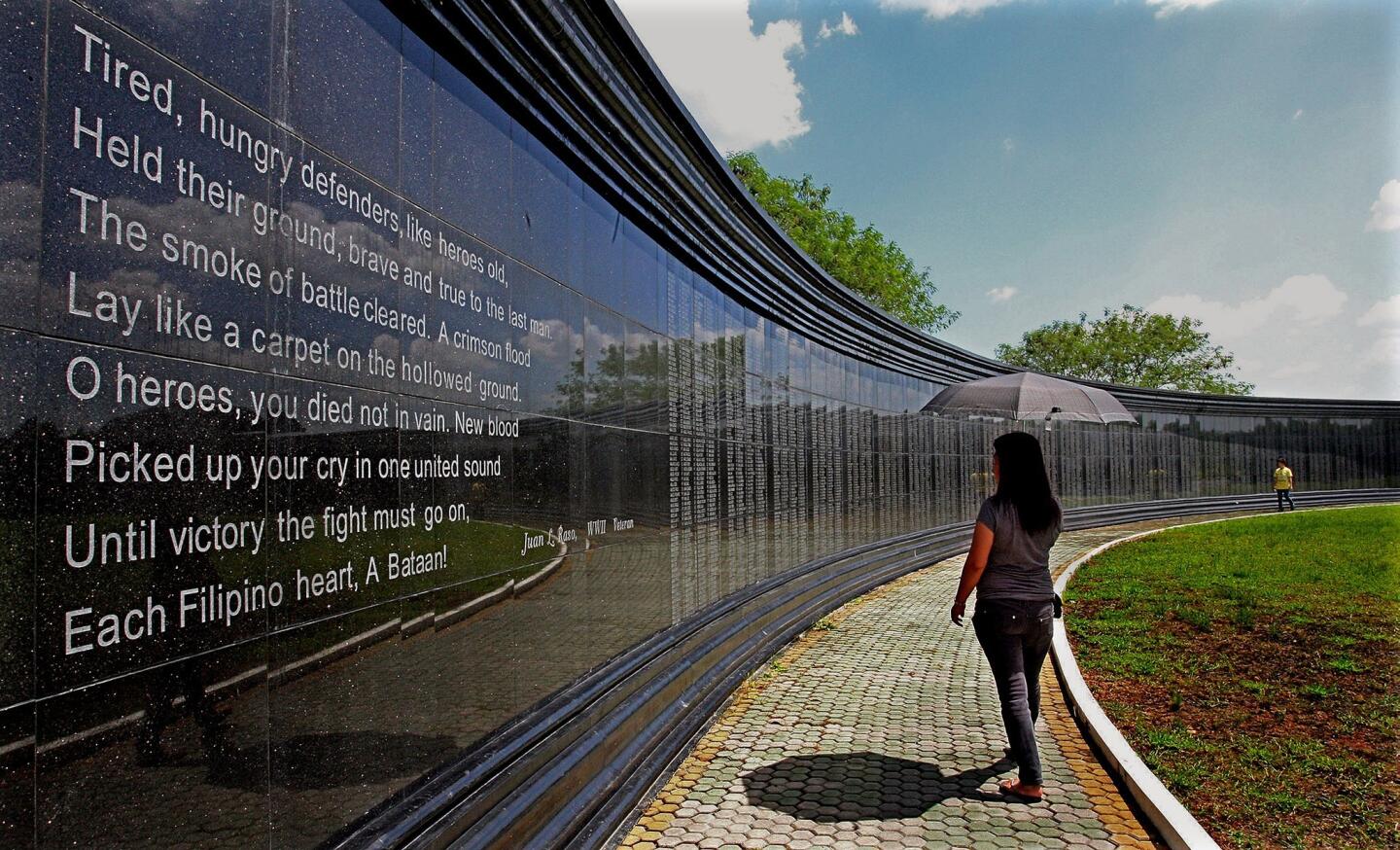
Visitors walk past a memorial at the Capas National Shrine in Tarlac, Luzon. The wall is inscribed with names of Filipino and U.S. soldiers who died as prisoners of war during the Bataan Death March. (Jeoffrey Maitem / Getty Images)
Advertisement
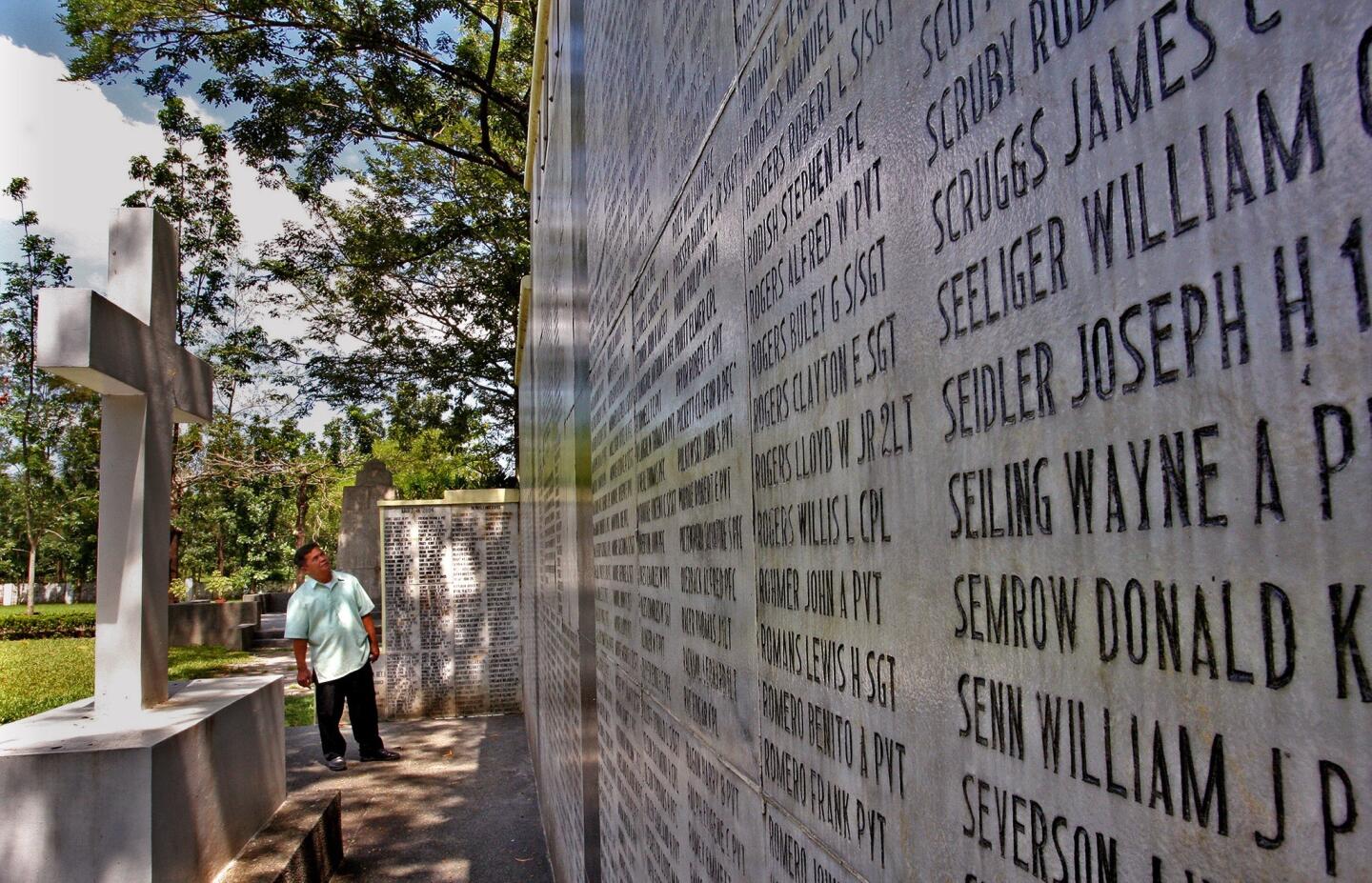
A visitor looks at names inscribed on the Capas National Shrine. (Jeoffrey Maitem / Getty Images)
